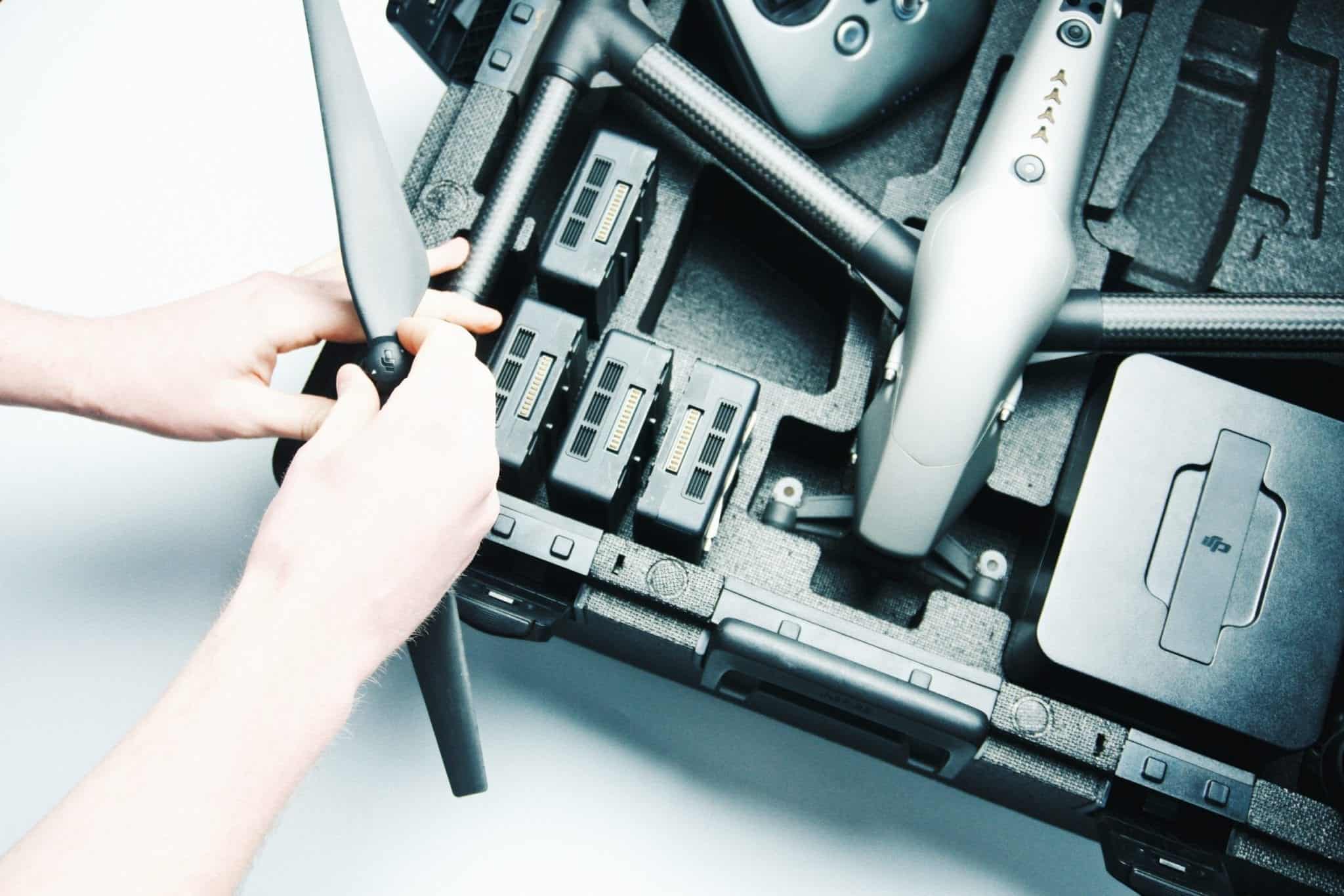Our Drone Footage Warrington team’s guide to how weather can affect your drone footage and performance
Any experienced drone pilot understands that weather is an exceptionally important factor when commencing with a drone flight. It is a vital element of every flight preparation and our Drone Footage Warrington team spends time and effort before each flight to ensure that we have adequately prepared for what the weather may throw at us. We have compiled a list of some of the most common ways that weather can affect drone flights.
Our Drone Footage Warrington team heed both hot and cold temperatures
Both extreme hot and cold temperatures can have a negative effect on your drone during a flight. A significant change in temperature can cause your drone to malfunction or decrease the power that you can get from the drone. Hot temperatures can cause the motors to work harder and create more lift which can lead to shorter flight abilities. In cold environments, the battery of the drone is likely to struggle and lose efficiency. For these reasons, our Drone Footage Warrington team suggest that if you need to fly in extreme temperatures, you should limit your flight times and plan shorter flights.
High humidity can affect the Drone Footage Warrington team
There is a certain quantity of water vapour that is always present in air. If the number is close to 1% humidity, your drone will come back to you covered in water. In the short term, humidity has little effect on your drone and your footage. However, our Drone Footage Warrington team suggest that frequent and repeated exposure to humid environments can have a permanent effect on your drone equipment.
How can Fog cause issues for the Drone Footage Warrington team?
As a general rule, aircrafts and equipment do not handle moisture well. Fog is not often seen as a serious obstacle for drone pilots, but repeated exposure to moisture can damage your equipment. Our Drone Footage Warrington team also advise against flight in foggy areas as you will not be able to see your drone and therefore will not be in control.
High winds can cause problems for the Drone Footage Warrington team
High wind speeds can make it extremely difficult to effectively control the drone and can complicate landing and take off. It can also make the drone motors work harder to stay on course, meaning that your battery and motors will be affected. As a general rule, our Drone Footage Warrington team advise that you should never fly a drone in winds that exceed the drones top speed. This is to ensure your safety and that your expensive drone is not carried away by the wind into a tree!
Conclusion
Weather conditions may escape most people, but a drone pilot must be weary of any changes and understand how to adapt their plans to keep their equipment and their team safe whilst also delivering exceptional footage. For more information from our Drone Footage Warrington team, please follow the link below:





